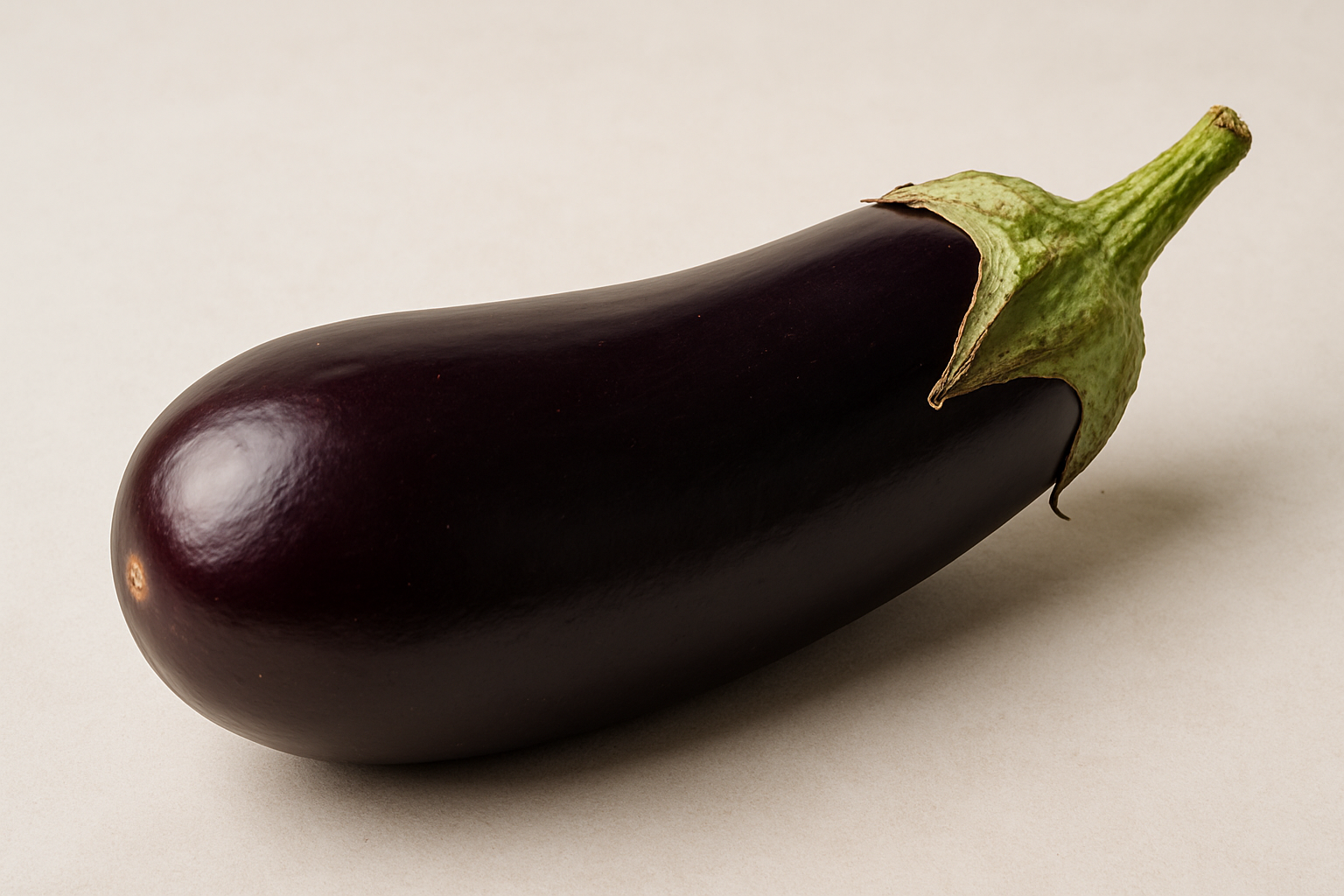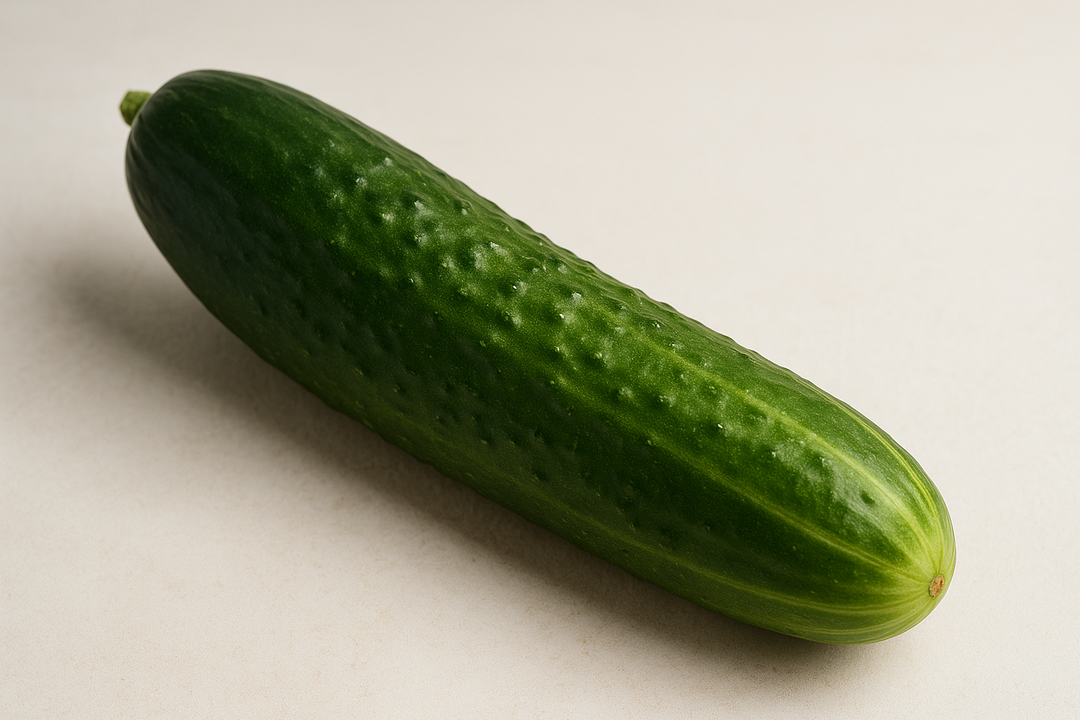The stereotype that Asians have smaller penises is a myth perpetuated by cultural biases rather than scientific evidence. Studies show that average size differences among ethnic groups are minor and often overlap. Emphasizing individual variation and scientifically backed data can help debunk these myths, promoting inclusivity and body positivity.
The stereotype that Asians have smaller penises has been a persistent myth in popular culture, often perpetuated by media and societal biases. This generalization not only lacks scientific backing but also contributes to harmful stereotypes that affect cultural understanding and body positivity. Addressing and debunking such myths is crucial for fostering a more inclusive and informed society.
The Purpose of Unpacking the Myth
This blog post aims to explore the scientific data surrounding penis size variations across different ethnicities, with a focus on debunking common misconceptions. By examining factual evidence, we can challenge the myths that have long influenced perceptions and understandings of body diversity. It is important to highlight that individual variation far exceeds the minor differences noted between racial or ethnic groups.
The Significance of Understanding the Truth
Understanding the truth about penis size variations is vital for several reasons. Firstly, it helps to dismantle stereotypes that can lead to discrimination and stigmatization. These stereotypes are not only unfounded but also distract from the real issues of diversity and personal identity. Secondly, promoting an accurate understanding encourages body positivity, allowing individuals to appreciate their unique attributes without the pressure of conforming to unrealistic standards.
Moreover, dispelling myths about penis size contributes to a more nuanced view of human anatomy, emphasizing that averages and statistics do not define personal worth or capability. By focusing on scientifically backed data, we can move towards a society that values inclusivity and respects individual differences, rather than perpetuating outdated and simplistic ideas.
When examining penis size variations, it’s crucial to understand that averages can vary significantly within Asia and globally. For instance, the average erect penis size in Brunei is approximately 10.04 cm, while in India, it reaches about 13.7 cm. These figures highlight the diversity within the continent itself. In East Asian countries like Japan and China, average sizes are around 13.56 cm and 13.07 cm, respectively, closely aligning with global averages. This variability underscores that generalizations about Asian penis size are not only inaccurate but also misleading.
Global Penis Size Comparisons
| Country |
Average Erect Penis Size (cm) |
| Brunei |
10.04 |
| India |
13.7 |
| Japan |
13.56 |
| China |
13.07 |
Additionally, when we look at the differences among racial groups, findings from meta-analyses indicate that while there are slight average differences, these are minor. For example, Black men tend to have slightly larger averages, Asian men slightly smaller, and Caucasians somewhere in between. However, the differences are typically less than 1 cm, which is negligible compared to the variation within each racial group. This suggests that individual differences are far more significant than racial averages.
The Importance of Measurement and Methodology
It’s important to note that study design, measurement methods, and sample populations significantly impact reported averages, leading to discrepancies. For instance, self-reported measurements can differ from those taken by healthcare professionals. This variability highlights the need for caution when interpreting data and drawing conclusions about racial differences in penis size. Researchers emphasize that individual variations far exceed these minor differences, further debunking the myth.
Understanding penis size variations requires a nuanced approach that considers environmental and developmental factors. Genetics play a role, but so do hormonal exposure, nutrition, and overall developmental health. These factors contribute to the observed variability across populations, including differences between East Asian and Asian American men. Such insights reveal that environmental influences can be as significant as genetic predispositions.
Challenging Social and Cultural Myths
The stereotype about Asians having smaller penises is often rooted in pseudoscience and cultural bias rather than robust scientific evidence. Modern research largely discredits the notion that race strongly predicts penis size, promoting a more nuanced understanding of human anatomy. By focusing on scientifically backed data, we can challenge these stereotypes and promote a more inclusive and understanding society.
In conclusion, while some country rankings may place Japan ahead of the US in penile length averages, and South Korea having shorter averages within Asian countries, these data points reflect averages that overlap significantly across individuals. This overlap reinforces the idea that stereotypes are oversimplifications and that scientific data should guide our understanding of individual variations.
When discussing penis size variations, it’s important to understand the multifaceted influences that contribute to these differences, particularly within Asian populations. Genetics certainly play a role, but environmental and developmental factors such as hormonal exposure, nutrition, and overall health during developmental stages are crucial. These factors help explain the variability seen across different populations, including distinctions between East Asian and Asian American men. Such insights underscore the significance of environmental influences, which can be as impactful as genetic predispositions.
Challenging Social and Cultural Myths
The stereotype that Asians have smaller penises is often rooted in pseudoscience and cultural biases rather than robust scientific evidence. Modern research discredits the notion that race is a strong predictor of penis size, advocating instead for a more nuanced understanding of human anatomy. By focusing on scientifically backed data, we can effectively challenge these stereotypes and promote a more inclusive and informed society.
While some country rankings might place Japan ahead of the US in penile length averages, and South Korea having shorter averages within Asian countries, these figures still reflect averages that overlap significantly across individuals. This overlap reinforces the idea that stereotypes are oversimplifications, and scientific data should guide our understanding of individual variations.
Conclusion
In conclusion, the stereotype that Asians have smaller penises is largely a myth. Scientific data shows that average size differences between racial or ethnic groups are minor and often overlap significantly. The key takeaway is that individual variation far exceeds these minor differences, emphasizing the importance of understanding and respecting body diversity. By debunking these myths, we can foster a society that values inclusivity and respects individual differences, moving away from outdated and simplistic ideas.
Frequently Asked Questions
Why do stereotypes about penis size persist?
Stereotypes about penis size persist due to a combination of cultural and historical factors, including media portrayal and societal biases. These stereotypes are often perpetuated by misinformation and a lack of understanding about the true nature of human anatomical diversity.
How reliable are studies on penis size?
Studies on penis size vary in reliability due to differences in study design, measurement methods, and sample populations. Accurate measurements can be challenging to obtain, and self-reported data may not always reflect true averages. It is crucial to consider these factors when interpreting study results.
Does race determine penis size?
Race is not a strong predictor of penis size. While there are slight average differences among racial groups, these differences are minor and overlap significantly. Individual variation is far more significant than racial averages.
What factors influence penis size?
Penis size is influenced by a combination of genetic, environmental, and developmental factors. Hormonal exposure, nutrition, and overall health during developmental stages also play a crucial role in determining size.
How can we promote a healthier understanding of body diversity?
Promoting a healthier understanding of body diversity involves challenging stereotypes and supporting body positivity through education and awareness. Encouraging open discussions and providing scientifically accurate information can help dispel myths and foster a more inclusive society.




